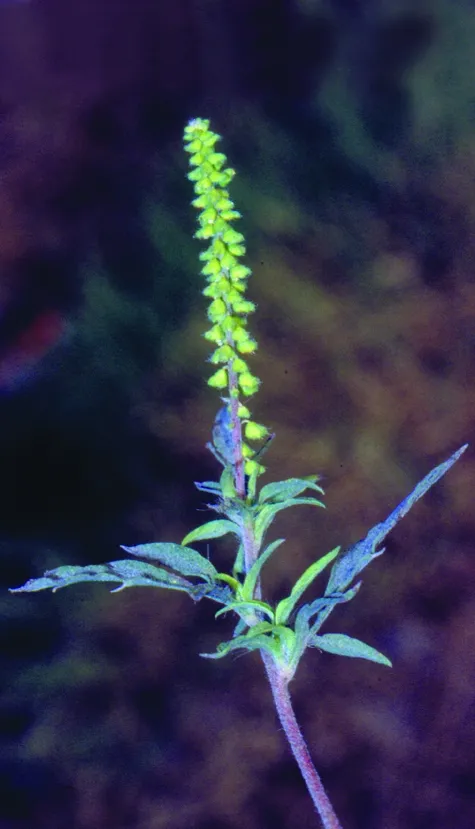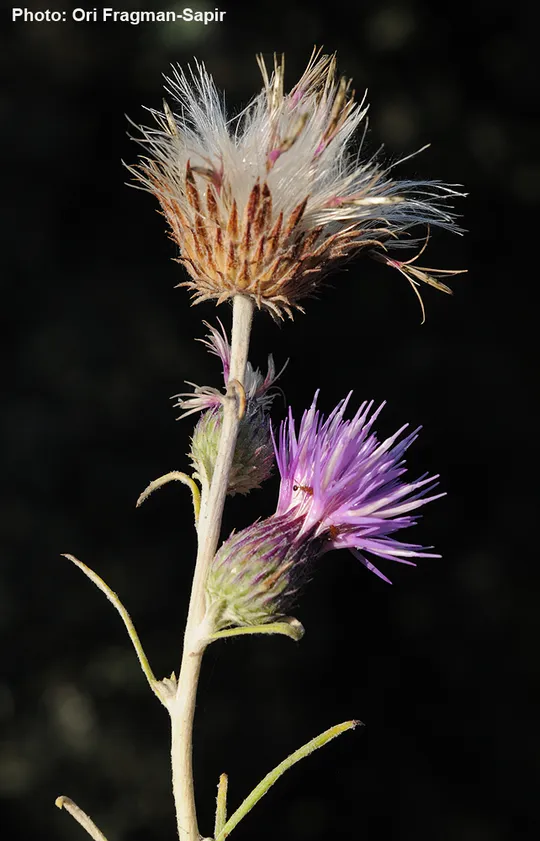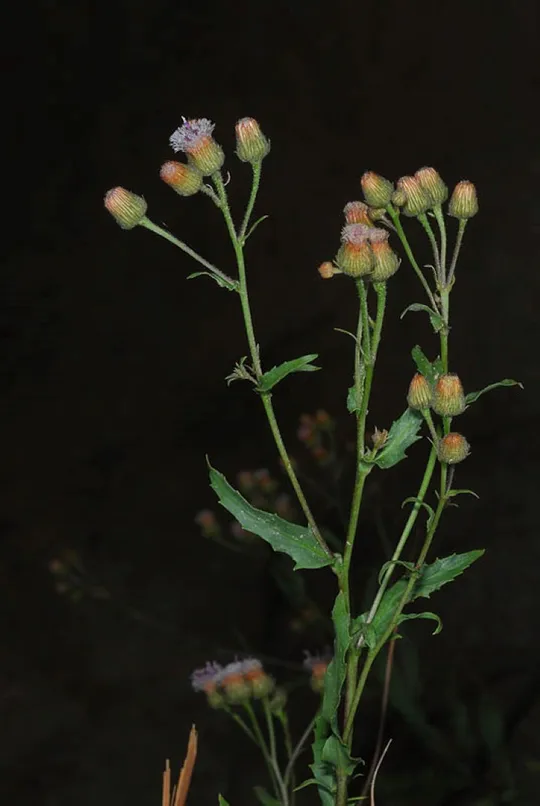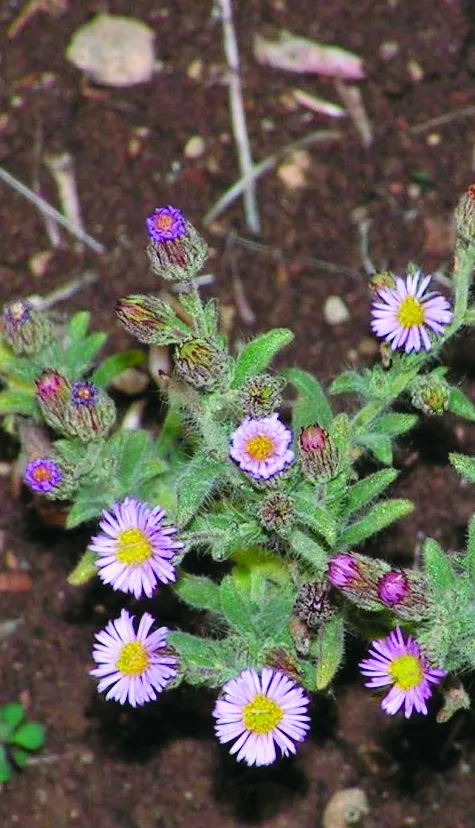Smooth Cat's Ear, Glabrous Cat's Ear
Hypochaeris glabra
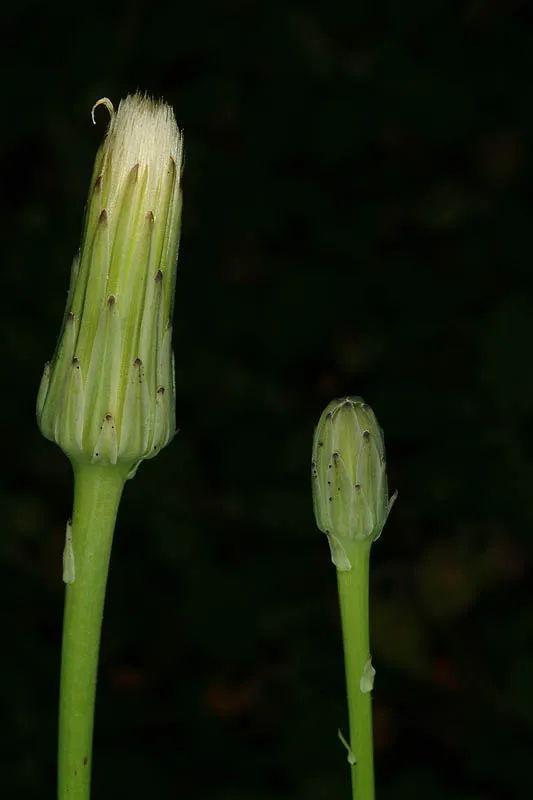
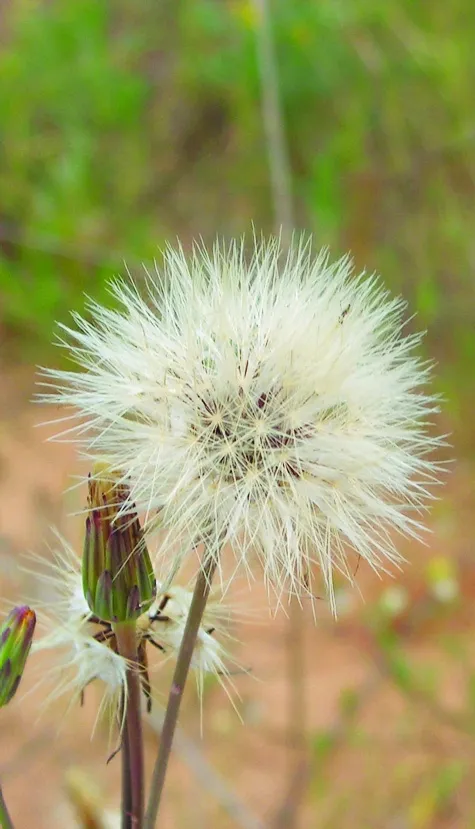
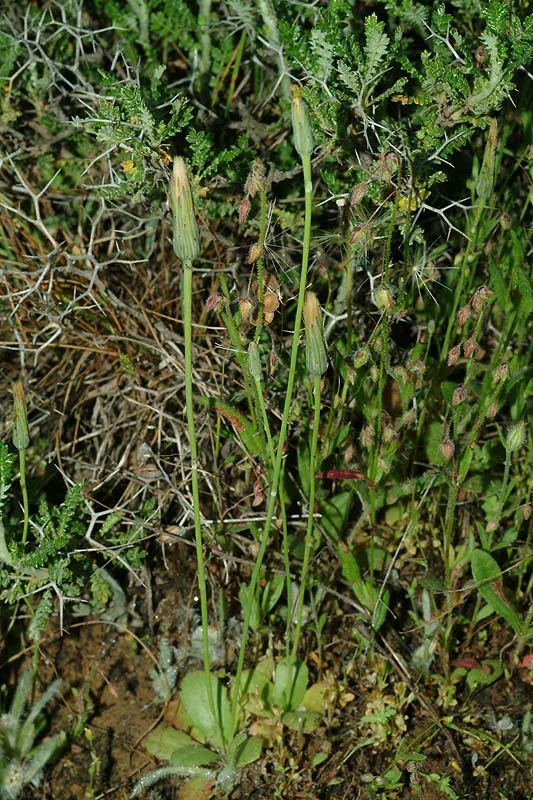
Hypochoeris
glabra
is a very rare species in Israel. It currently grows in 20 sites in the Acre Valley, Sharon, Philistian
Plain and Upper Galilee regions. It was
collected mainly along the entire length of the coastal plain, from the
Liman Nature Reserve near Akhziv to the Nitsanim Sands Nature Reserve north of Ashkelon. The greatest number of sites was
found in the Sharon and the Philistian Plain (7, 8 respectively).All the sites are nature reserves or sites in which the characteristic natural vegetation of Hamra sand and other red species are known to inhabit. These include the Hadera Forest,
Kadima Forest, Batih Pond, Sha’ar Poleg, Dora Pond, West and East Ilanot. In the past, it was found on many other sites
in the Sharon,
from which it is now extinct. All efforts to find the species in
sections of Herzliya, where once four sites were
located, were
unsuccessful. Recently (2006) it was
observed near the IMI plant east of Ramat HaSharon. In the Acre Valley, the species was found at three sites (Liman, Gesher
HaZiv and Kurdani) and it is extinct from two
sites in the Krayot (in the Haifa Bay area). The species was found once in the
Upper Galilee on Mount Yohanan (1998), and was collected a single time near Nazareth in 1929 (this can be considered
an episodic event). There is also a single collection from the Yafori Valley at the foot of Mount Hermon, on sandstone.
Grows on roadsides and on abandoned fields on sandy and Hamra
soil.
The genus Hypochoeris numbers 60 species of
annual and perennial herbaceous plants, whose center of distribution is in South America. Nine species grow in Europe, three in the Middle East,
including the two growing in Israel. In the Canary Islands, there is an endemic genus (Heywoodiella) that is systematically close to Hypochoeris; this genus probably developed from the evolution of an ancient species of Hypochoeris that migrated
to the Canary Islands. Other species of Hypochoeris are noxious
weeds and a few species have become garden plants.
H.
achyrophorus, the second
species in the genus that grows in Israel, is a smaller plant, whose stems are covered in small bristly hairs, and whose involucral
bracts are densely covered in prickles. It is similar to species of Crepis and Picris, but these have a number of inflorescences on each stem, which often branches. It is easy to distinguish between them, as all the Hypochoeris species are
glabrous and almost completely lack leaves in their middle and upper sections.
·
There
are currently 20 known sites
where Hypochoeris glabra grows, and 11 other sites from which
it is extinct. The reduction in the number of sites and the extinction of populations is evident mainly in the Sharon, because
of the rapid
pace of development and destruction of the Hamra
habitat. In the marginal coastal regions of the Acre Valley and the Philistian Plain there is no significant extinction to date.
·
Some of the H. glabra populations are very small, with very few plants (1-5),
while others are very large and include hundreds of plants (mainly in the central Sharon and in Ashdod).
·
H. glabra
grows in the Liman Nature Reserve, Wadi Poleg, Ashdod White Acacia Nature Reserve, in
the Nitsanim Sands and
in the Kadima
Forest National Park.
Three Hypochoeris glabra populations should be selected and monitored, one
in each region: in the Sharon – in the Kadima Forest (where the largest population in the country was found); Acre
Valley – in the Gesher HaZiv
cemetery, which represents the ruderal habitat; and the Philistian Plain – in the Ashdod White
Acacia Nature Reserve. These sites should be demographically sampled and
the seed bank should be measured. As many H. glabra sites as
possible should be included in nature reserves.
Hypochoeris
glabra grows in all the Mediterranean
countries, except Egypt. Its distribution area includes the
Maghreb countries and extends to the Canary
Islands. It is more common in the western Mediterranean and rare in the east: there are records from Bulgaria, Turkey, Lebanon, Cyprus and Israel, but it is absent from Syria. It is common in Western Europe in all the countries
bordering the
Atlantic Ocean coast from Portugal to Norway. In the literature H. glabra
is noted from the Asir
Province in
Saudi Arabia.
Hypochoeris glabra is an annual
plant that grows mainly on the coastal plain on Hamra soil. The species is known from
a few sites along the coastal plain of Israel. The main threat it
faces is the fact that its habitat and sites are located in built-up areas in the most heavily
populated part of the country. The species is an excellent indicator of the exclusive group of species inhabiting
Israel's coastal plain, which generally grow on Hamra soil. Therefore, it is
essential to
preserve H. glabra and the
plant communities in which it grows.
Current Occupancy Map
| 1000 squre meter pixel | 5000 squre meter pixel | 10000 squre meter pixel | |
|---|---|---|---|
| number of observations | 0 | 0 | 0 |
| in total pixels | 0 | 0 | 0 |
| Family | Asteraceae |
| Classification | On the near threatened species list |
| Ecosystem | Coastal area |
| Chorotype | Euro – Siberian, Mediterranean |
| Conservation Site | Kadima Forest |
| Rarity |
1
2
6
|
|---|---|
| Vulnerability |
0
2
4
|
| Attractiveness |
0
0
4
|
| Endemism |
0
0
4
|
| Red number |
1
2.6
10
|
| Peripherality | N |
| IUCN category | DD EW EX LC CR EN VU NT |
| Threat Definition according to the red book | Near threatened |
 Based on:
Based on:
